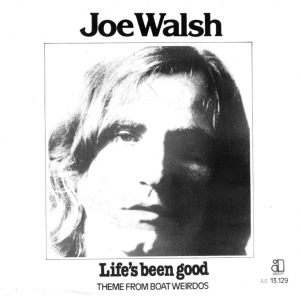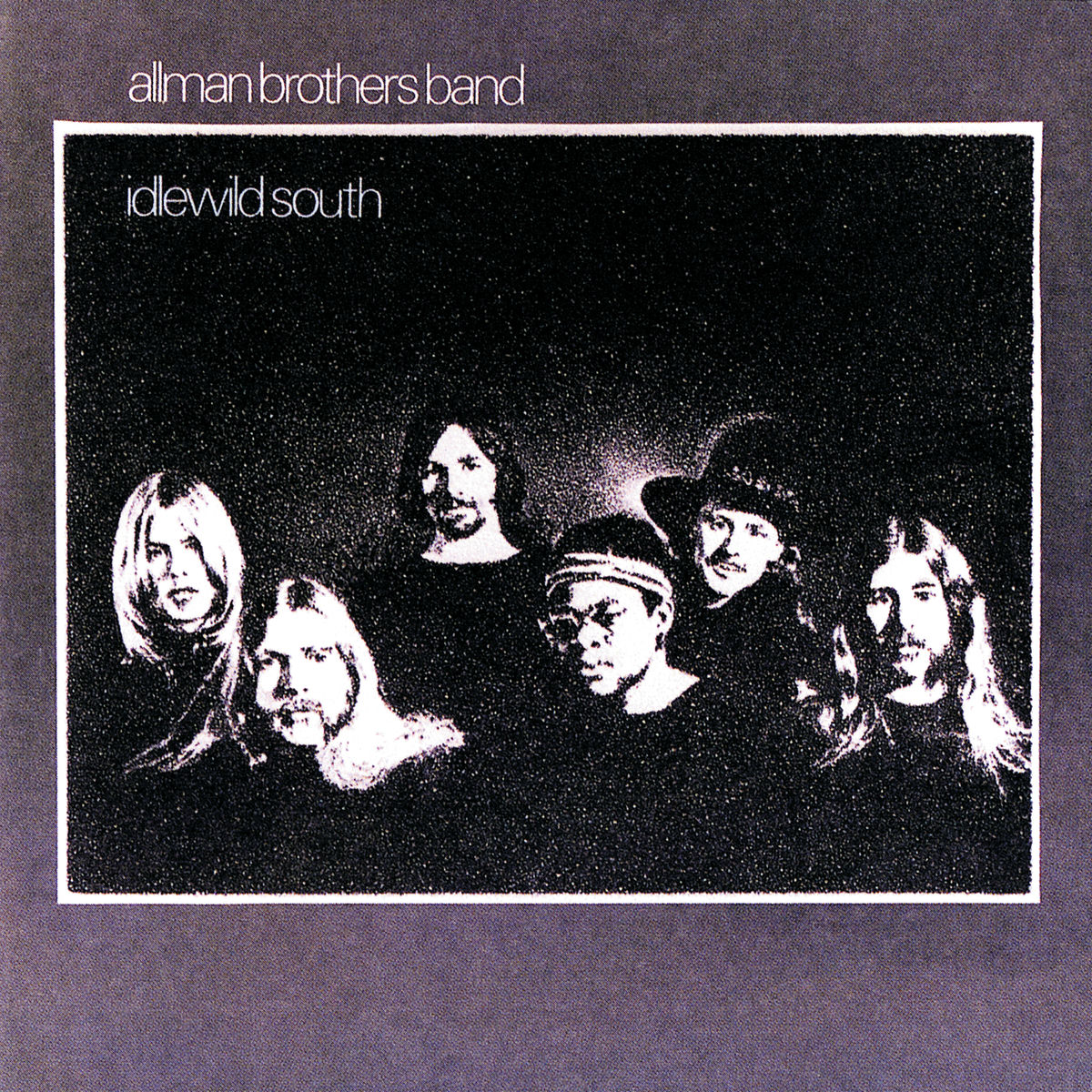 Eric Clapton’s “Cocaine,” released in 1977 on his album Slowhand, stands as one of his most controversial and memorable tracks, combining gritty blues-rock instrumentation with a sharp, cautionary lyrical narrative. Originally written by J.J. Cale, the song became a defining moment in Clapton’s solo career, showcasing his ability to take a minimalist blues framework and transform it into a hard-hitting, radio-ready rock anthem. The track’s riff-driven energy, tight rhythmic groove, and Clapton’s unmistakable guitar tone make it instantly recognizable, while its lyrical content delves into themes of addiction, temptation, and the darker side of fame and excess. “Cocaine” exemplifies Clapton’s knack for balancing musical accessibility with deeper thematic resonance, allowing the song to function both as a commercial hit and a cautionary tale.
Eric Clapton’s “Cocaine,” released in 1977 on his album Slowhand, stands as one of his most controversial and memorable tracks, combining gritty blues-rock instrumentation with a sharp, cautionary lyrical narrative. Originally written by J.J. Cale, the song became a defining moment in Clapton’s solo career, showcasing his ability to take a minimalist blues framework and transform it into a hard-hitting, radio-ready rock anthem. The track’s riff-driven energy, tight rhythmic groove, and Clapton’s unmistakable guitar tone make it instantly recognizable, while its lyrical content delves into themes of addiction, temptation, and the darker side of fame and excess. “Cocaine” exemplifies Clapton’s knack for balancing musical accessibility with deeper thematic resonance, allowing the song to function both as a commercial hit and a cautionary tale.
At first listen, “Cocaine” captivates with its hypnotic, repetitive guitar riff, a hallmark of Clapton’s blues-infused rock style. The song’s groove is simultaneously seductive and menacing, mirroring the lure and danger of the drug referenced in the lyrics. Clapton’s vocal delivery is deceptively relaxed and almost conversational, contrasting with the song’s dark subject matter and underscoring the subtle irony embedded in the writing. This interplay between musical allure and lyrical warning is a key reason why “Cocaine” has endured as a signature track in Clapton’s extensive catalog.
Musical Composition and Arrangement
“Cocaine” is structured around a driving, hypnotic riff that immediately sets the tone for the song. Clapton’s guitar work is precise and expressive, employing crisp bends, sustained notes, and bluesy inflections that create tension and release. The rhythm section, anchored by Carl Radle on bass and Jamie Oldaker on drums, provides a steady, compelling pulse, giving the track a sense of forward momentum while allowing the guitar riff to dominate the sonic landscape.
The arrangement is deceptively simple, highlighting Clapton’s mastery of restraint. There are no excessive solos or ornamental flourishes; instead, each instrument serves the groove, enhancing the hypnotic and seductive energy of the track. This minimalism allows listeners to focus on the interplay between the riff, rhythm, and vocals, creating a sense of cohesion and tension that mirrors the lyrical themes of temptation and danger.
Keyboard textures, provided by Dick Sims, add subtle color to the composition without detracting from the core blues-rock focus. The production, handled by Glyn Johns, emphasizes clarity and punch, capturing the warmth of Clapton’s guitar tone while keeping the rhythm section tight and prominent. The result is a track that feels immediate, raw, and engaging, a perfect backdrop for the song’s darkly playful narrative.
Lyrics and Themes
Lyrically, “Cocaine” is both straightforward and layered with irony. While the chorus famously repeats the line “Cocaine, running all around my brain,” Clapton later clarified in interviews that the song functions as an anti-drug statement, warning listeners about the seductive danger of cocaine use. The repetition of the word “cocaine” in a catchy, sing-along fashion creates an almost contradictory tension, drawing listeners in while subtly reminding them of the destructive consequences associated with addiction.
The verses are sparse yet impactful, describing the intoxicating effects of the drug and the grip it can have on one’s life. Lines like “She don’t lie, she don’t lie, she don’t lie / Cocaine” convey a sense of inevitability and inevitability, reflecting both the allure and the peril of substance abuse. The simplicity of the lyrics, combined with the ironic detachment in Clapton’s vocal delivery, allows the song to function as a cautionary tale wrapped in a highly engaging rock groove.
This tension between musical seduction and lyrical warning is part of what has made “Cocaine” such a culturally resonant track. While some listeners have misinterpreted it as glorifying drug use, a deeper analysis reveals that the song’s power lies in its ability to portray temptation and danger in a way that is simultaneously compelling and thought-provoking.
Vocal Performance and Guitar Work
Clapton’s vocal performance on “Cocaine” is understated yet compelling. His phrasing is smooth, almost conversational, giving the song a sense of casual storytelling that belies the dark subject matter. This relaxed delivery enhances the ironic tension, creating a song that feels both approachable and ominous. The contrast between the laid-back vocals and the driving riff reinforces the narrative of allure and danger.
Of course, Clapton’s guitar work is central to the track’s enduring appeal. The main riff is instantly recognizable, bluesy yet rock-oriented, and demonstrates Clapton’s ability to convey emotion and narrative through minimalistic phrasing. The solo, while not overly flashy, is expressive and tastefully integrated, providing moments of melodic emphasis that punctuate the rhythmic groove. Clapton’s use of tone, sustain, and subtle dynamics creates a sense of tension that perfectly mirrors the song’s themes.
The interplay between voice and guitar allows “Cocaine” to function on multiple levels: as a blues-rock groove, a cautionary story, and a showcase of Clapton’s mastery over timing, tone, and musical nuance. This combination of elements has ensured the song’s lasting relevance in both popular and critical contexts.
Cultural Context and Reception
Released in 1977, “Cocaine” emerged during a period when rock music often grappled with themes of excess, fame, and drug culture. Clapton, himself no stranger to struggles with addiction, imbued the song with authenticity, balancing rock swagger with reflective caution. The track’s radio-friendly length and infectious groove allowed it to achieve commercial success, becoming a staple on rock stations while simultaneously sparking conversation about drug culture in music.
Critics praised the song for its tight musicianship, memorable riff, and the ironic tension between catchy melodies and serious subject matter. While some debated the appropriateness of its lyrical content, the song ultimately earned a place in Clapton’s legacy as a standout work that captures both the seductive energy and darker undertones of late-1970s rock.
“Cocaine” also became a fixture in Clapton’s live performances, often serving as a high-energy moment in concert sets. The track’s extended jams and improvisational possibilities allowed Clapton and his band to explore its blues roots while engaging audiences with its recognizable riff and infectious rhythm. Over time, live versions of the song have showcased Clapton’s improvisational skills and deep understanding of blues-rock dynamics, further cementing its status as a fan favorite.
Legacy and Enduring Influence
Decades after its release, “Cocaine” remains one of Eric Clapton’s most recognized and influential tracks. Its riff has become iconic, instantly evoking the tension, groove, and blues-rock sensibility that define Clapton’s mid-1970s work. The song’s dual identity—as both an engaging rock anthem and a cautionary tale—has contributed to its lasting relevance, allowing listeners to appreciate it on multiple levels.
The influence of “Cocaine” can be seen across rock and blues genres, inspiring guitarists and songwriters to explore the intersection of musical simplicity, rhythmic groove, and narrative tension. Its ability to combine accessibility with musical sophistication has made it a touchstone for musicians seeking to craft songs that are both commercially viable and artistically compelling.
Moreover, the song reflects the complexities of Clapton’s own artistic and personal journey. His nuanced approach to themes of addiction, temptation, and self-reflection has resonated with audiences who recognize the interplay of charm, danger, and musical mastery. As such, “Cocaine” occupies a unique place in rock history, illustrating the power of music to engage, warn, and entertain simultaneously.
Conclusion: The Hypnotic Duality of ‘Cocaine’
Eric Clapton’s “Cocaine,” released in 1977, is a masterful blend of blues-rock groove, lyrical irony, and guitar virtuosity. Its hypnotic riff, driving rhythm, and understated vocal delivery create a track that is both irresistibly catchy and thematically rich. By transforming J.J. Cale’s composition into a rock anthem, Clapton highlighted his ability to balance musical accessibility with deeper narrative resonance, turning a simple song into a complex emotional experience.
Decades later, “Cocaine” continues to captivate listeners with its seductive energy, ironic humor, and expert musicianship. It serves as a reminder of the allure and danger of temptation, wrapped in a sonic package that is undeniably engaging. The song’s enduring popularity in both studio recordings and live performances underscores its significance as a cultural and musical milestone. With its iconic riff, layered groove, and reflective cautionary message, “Cocaine” secures its place as one of Eric Clapton’s most memorable and influential works—a testament to the power of blues-infused rock to entertain, provoke, and endure.


